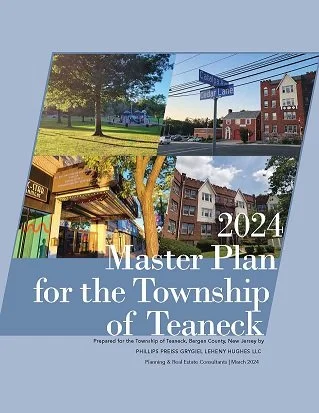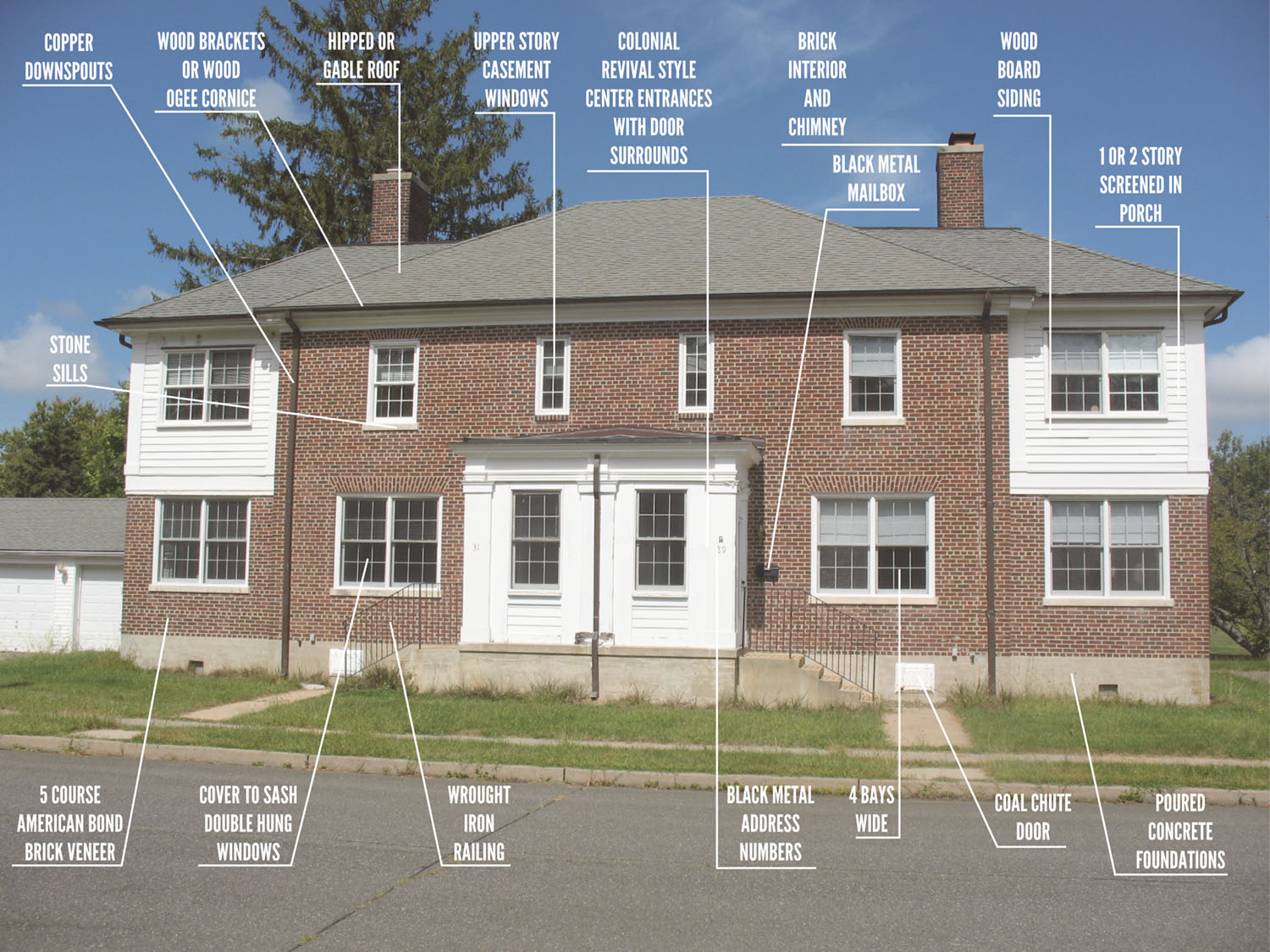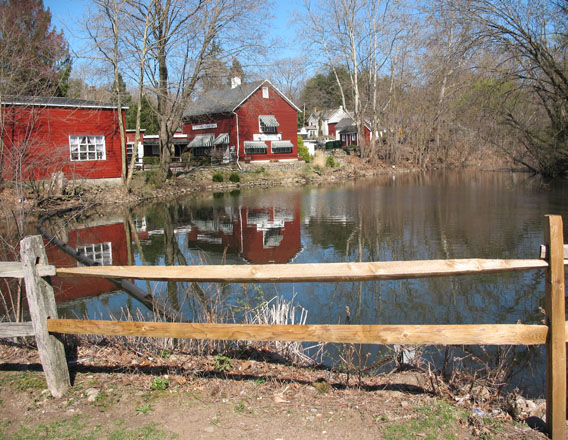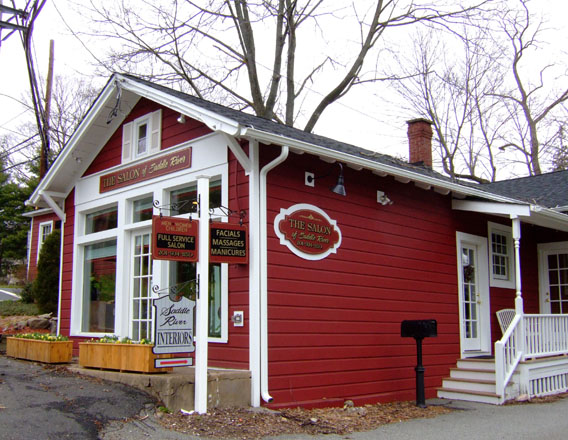CLIENT: TOWNSHIP OF TEANECK
Phillips Preiss led the preparation of a new comprehensive Master Plan for the Township of Teaneck in close collaboration with a Master Plan Steering Committee and the Planning Board.
Overview
The planning process included a public outreach process through bilingual online surveying, community forums and workshops, interviews with community and institutional stakeholders, and extensive public comment opportunities. The Master Plan recommended that new development be concentrated along existing bus routes and commercial corridors. It also recommended best practices for future redevelopment planning processes.
The Master Plan addressed wide-ranging land use, design, economic development, mobility, and historic preservation topics, providing detailed objectives and implementable recommendations to achieve them.
The Planning Board unanimously adopted the Master Plan in January 2025. The Plan subsequently received the 2025 New Jersey Planning Officials Achievement in Planning Award.




























